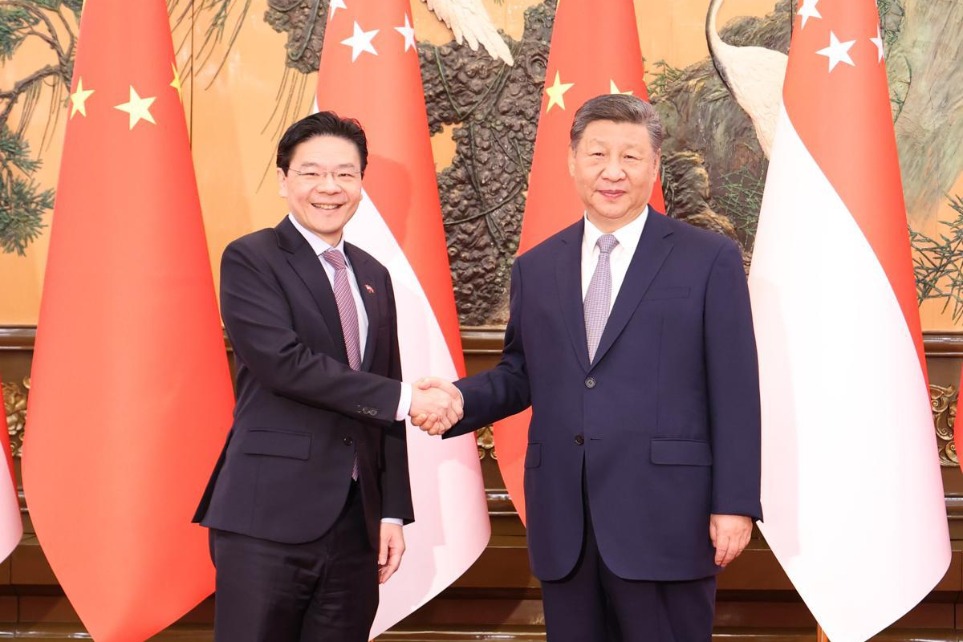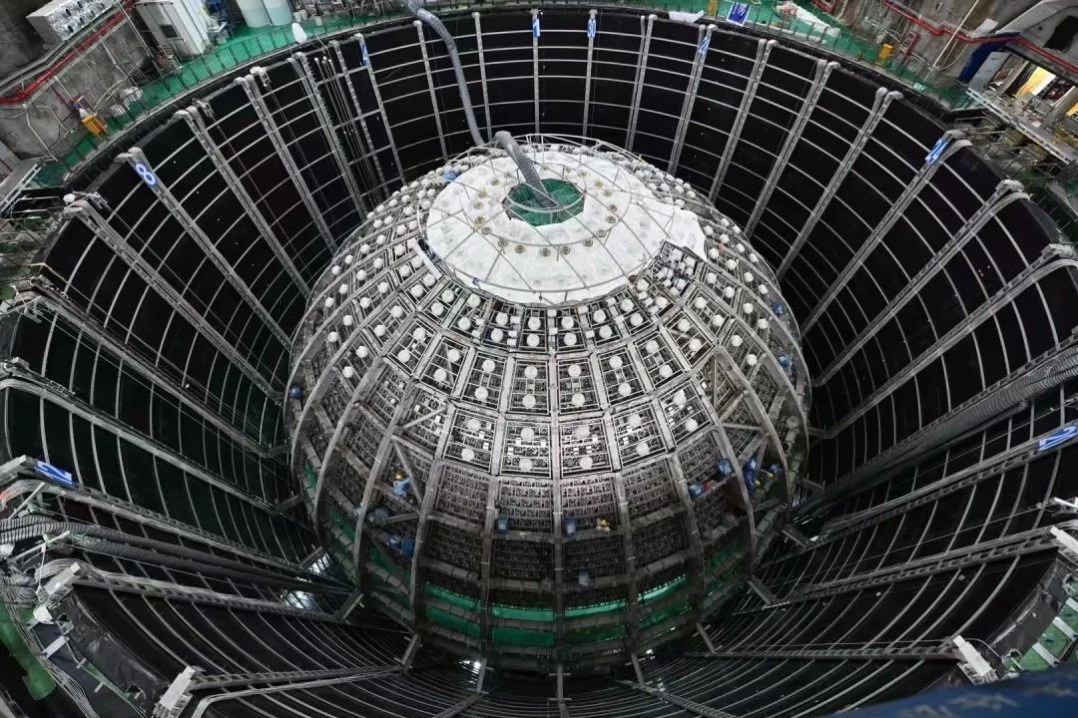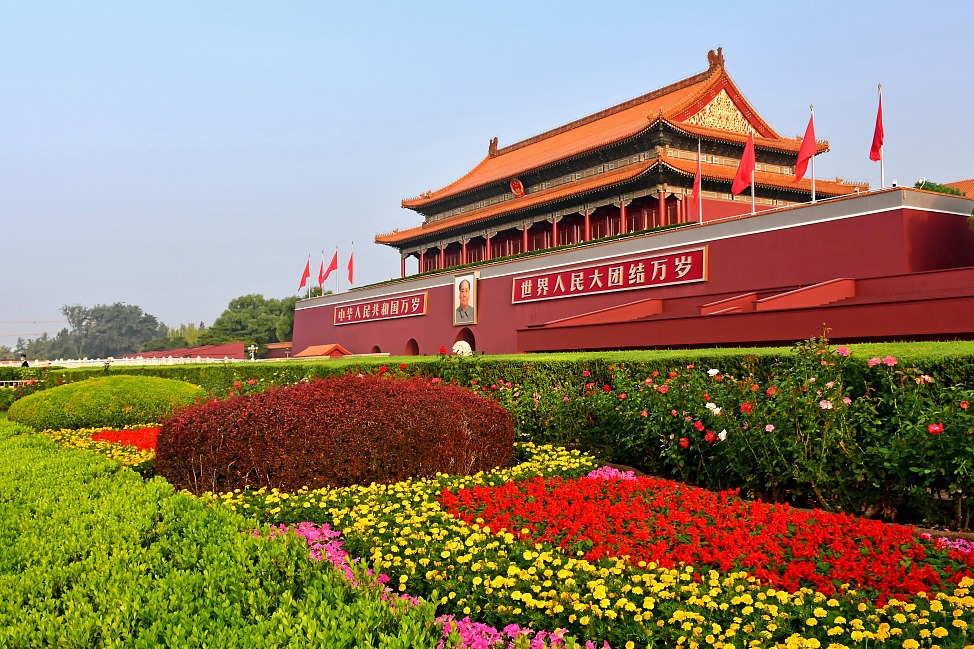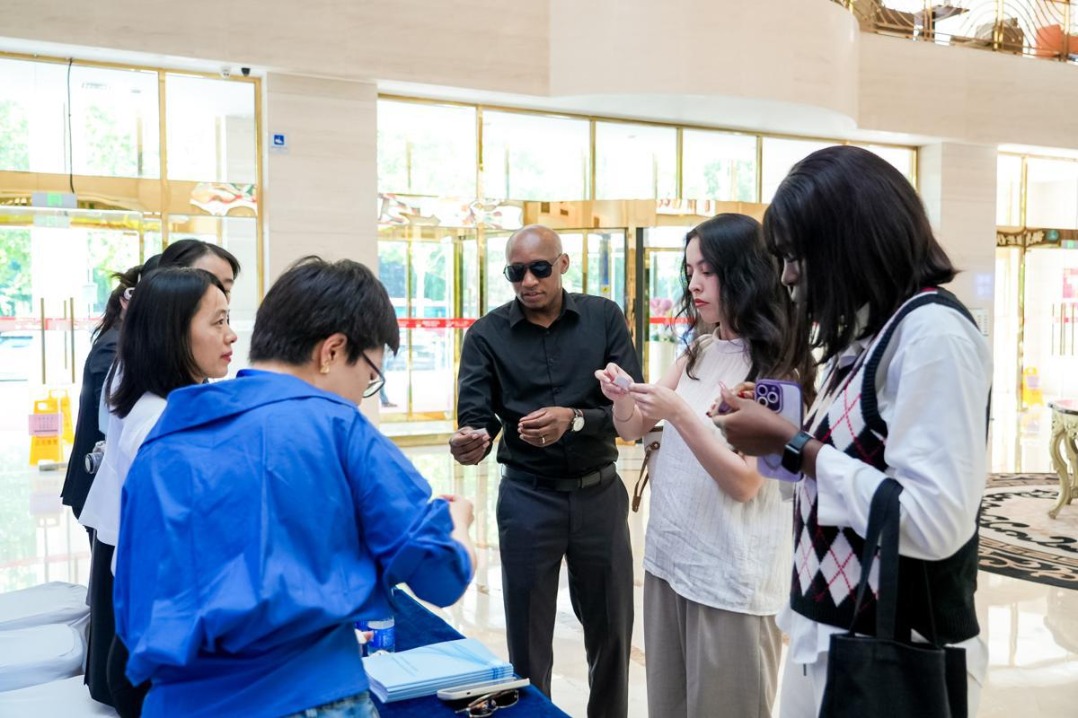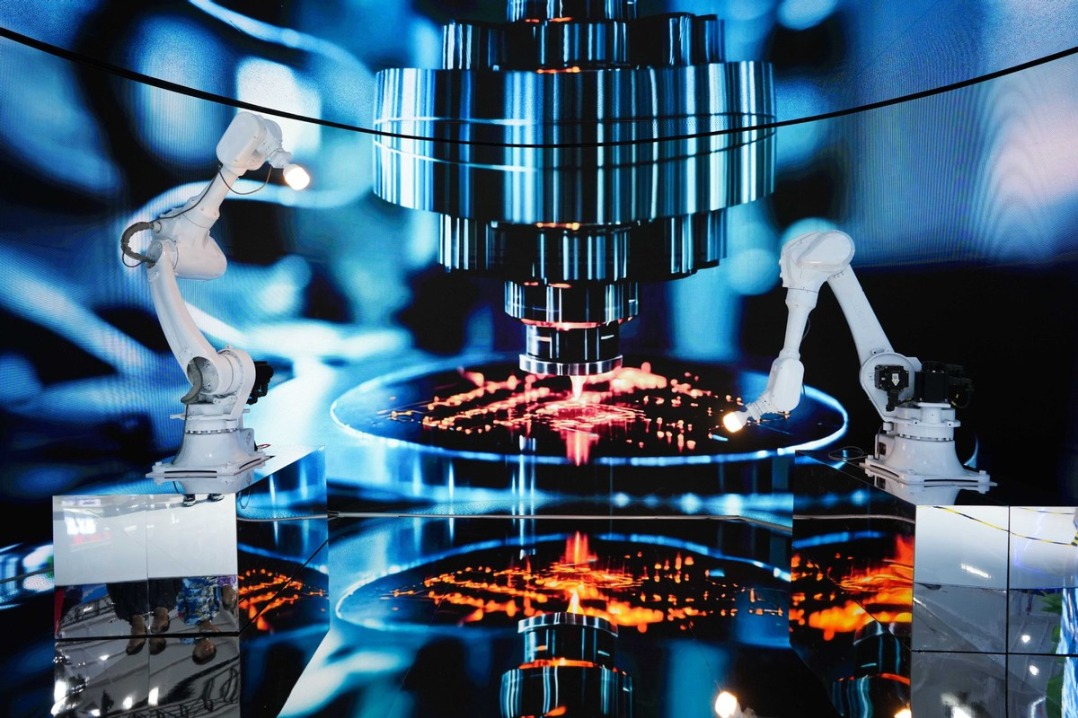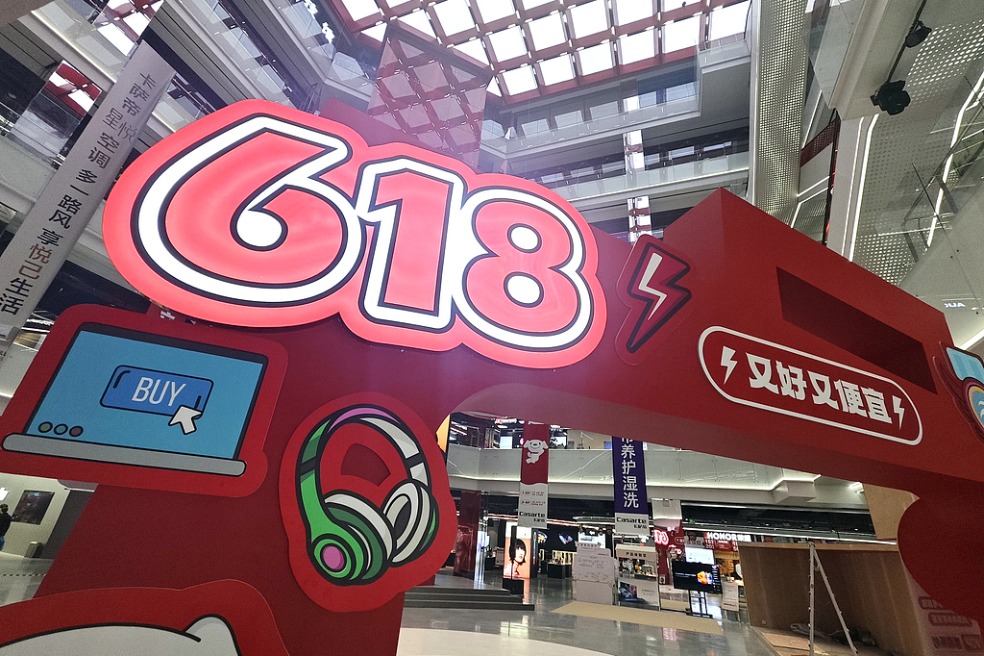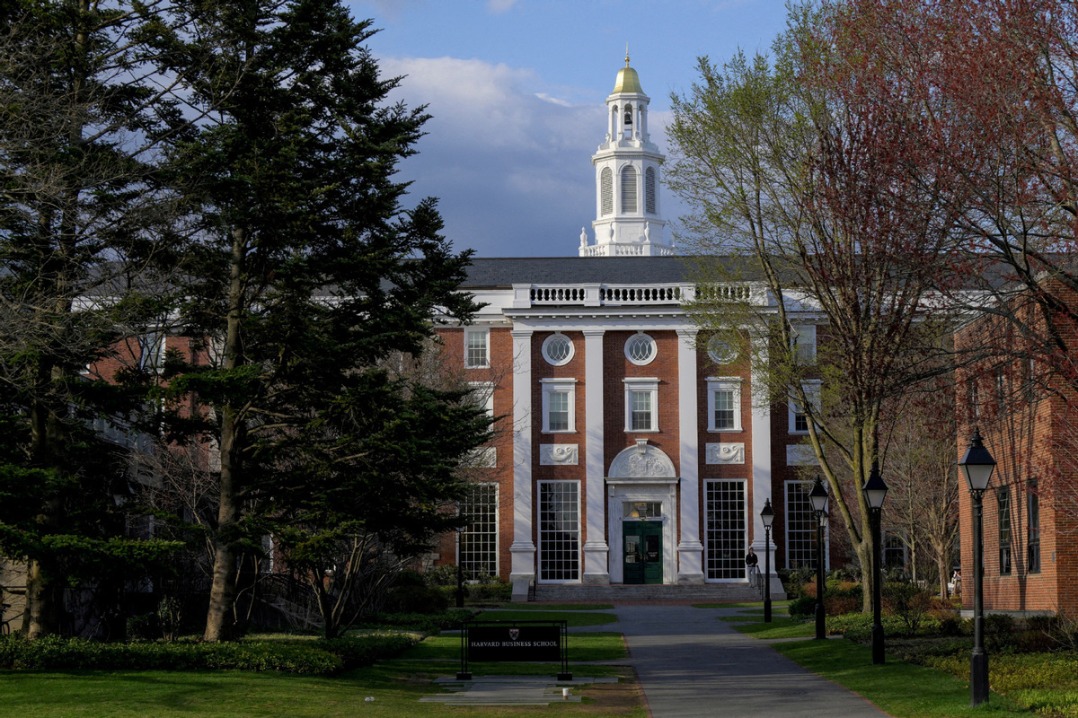Exploring the ancient city of Pingyao

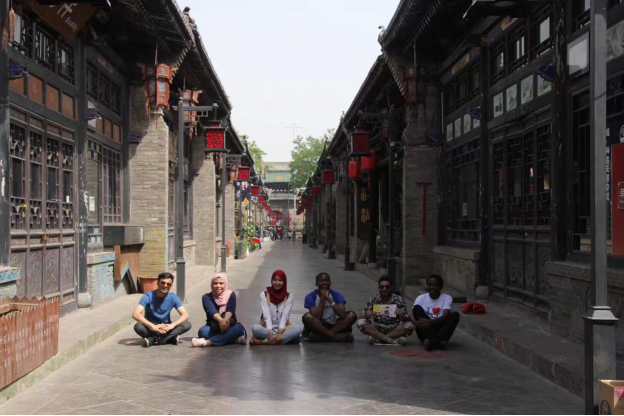
On May 12 I went to Shanxi province to explore the ancient city of Pingyao. I started my journey from Beijing to Shanxi, which took me four hours by fast train. After reaching the destination, my first glimpse of the city was its famous wall, surrounding the whole city. The city is also known as 'Turtle City' because of the wall’s structure. There are six gates along the wall. Four are symmetrically set on the east and west sides, looking like the legs of a turtle. The southern and northern gates resemble the head and tail, respectively.
I thought of the city as a living museum. Its intact city wall, its residences and shops and even its government offices were all preserved in the style of China’s Ming and Qing Dynasties, from the 14th to 20th century AD. Furthermore, it has retained the Han city features, providing a complete picture of cultural, social and economic development across Chinese history. It is a great resource for studying the social form, economic structure, military defense, traditional thinking, cultural values and dwellings of the country. Walking its alleys and thoroughfares, it’s easy to imagine what life was like in times long gone, when Pingyao was the financial center of China.
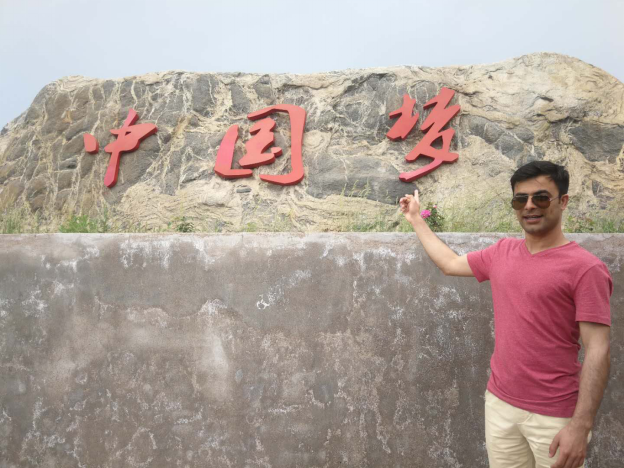
The most important place is Rishengchang Exchange Shop, located in the center of the city. It is the first “bank” in China's history, and also known as the ”Father of Chinese Banking”. It was once the lifeblood of the nation's economy in the Qing Dynasty (1644 – 1911), with more than 30 branches throughout the country. This bank allowed bills instead of gold and silver, allowing it to be used for business transactions. What this meant was merchants going to other parts of the country to do business did not have to transport large quantities of gold or silver with them. This made it more convenient for the merchants, and contributed into the prosperity of the city.
The only way to explore the city is on foot, since there are no cars allowed within the walls of the city. The main drag is Ming-Qing Street, where shops sell bric-a-brac and artwork. The night view of the street is mesmerizing. Traditional lamps are lighted and red Chinese lanterns hang in front of every shop and house. Multicolored lights are displayed on the streets. More romantic are the dusty backstreets, where chickens peck the ground and people navigate the rough roads on bicycles. But the city, with its low, swooping, grey-tiled roofs, is best seen from above. For that, I walked on top of the city walls, resting in watchtowers along the way, examining the awe-inspiring architectural designs. This carried my thoughts to the past, merging ancient times and modern.
In addition, this city was named a world heritage site by UNESCO in 1997, as "an exceptionally well-preserved example of a traditional Han Chinese city." While exploring, I went to the east area, where the temple of the City God is located. This is a sacred place, also known as the God of Wealth and Kitchen God. The reason for this is the city’s place as an economic hub. The temple has many exquisite pavilions and towers. The colored glaze decorations shining under the sunlight make it magnificent.
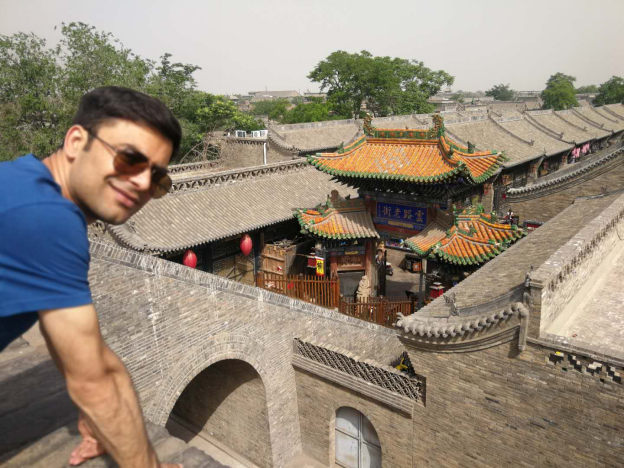
Beside the above places there are many more tourist spots, like Pingyao Confucian Temple, Pingyao Ancient Government Office, Shuanglin Temple, Gushi Tower, the Pingyao County Government Museum and Zhenguo Temple, as well as the Qiao Family Compound, which is a more than one-hour drive from Pingyao Ancient City.
Walking by the streets I noticed many hotels, all of which were decorated in the Ming and Qing Dynasty style. I decided to book a room since I was on a two-day trip, so went to the Journey Pingyao Hotel. It was in a quiet little alley, a few minutes’ walk from the south gate of the city. It is a well-renovated courtyard house built during the reign of Emperor Qianlong. This was a wonderful experience for me. I felt like I was going back in time — there’s something unique about this place, where everything is old and preserved. It gives the impression of being back in the ancient times; my first time to experience such a place.
The author is a master’s degree student at Communication University of China in Beijing.


















